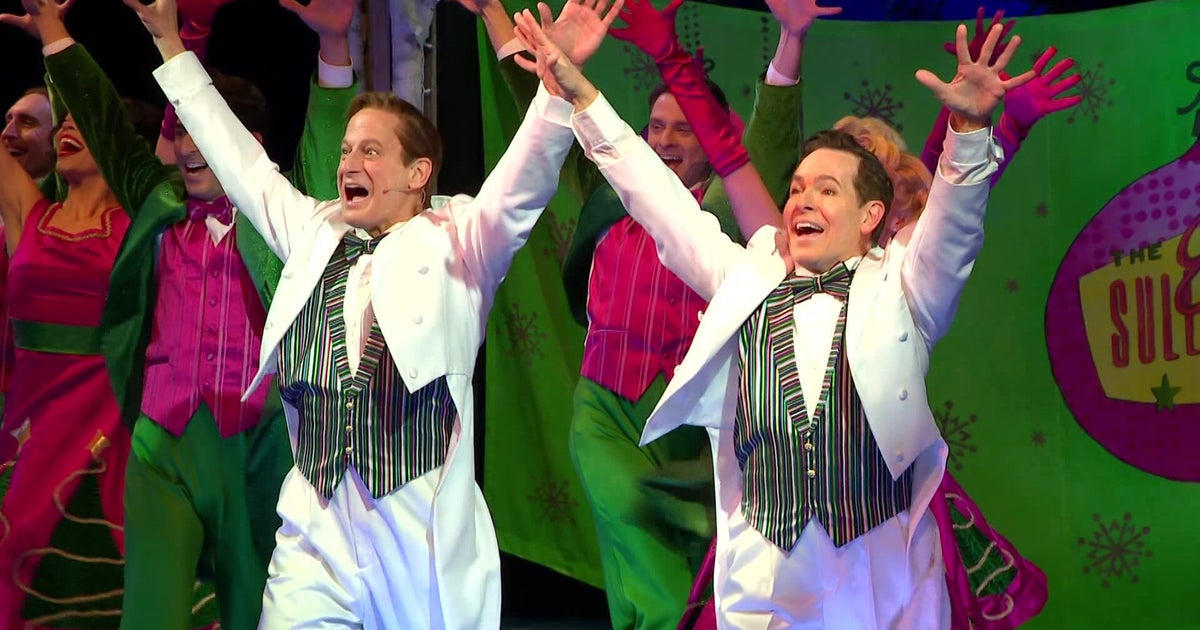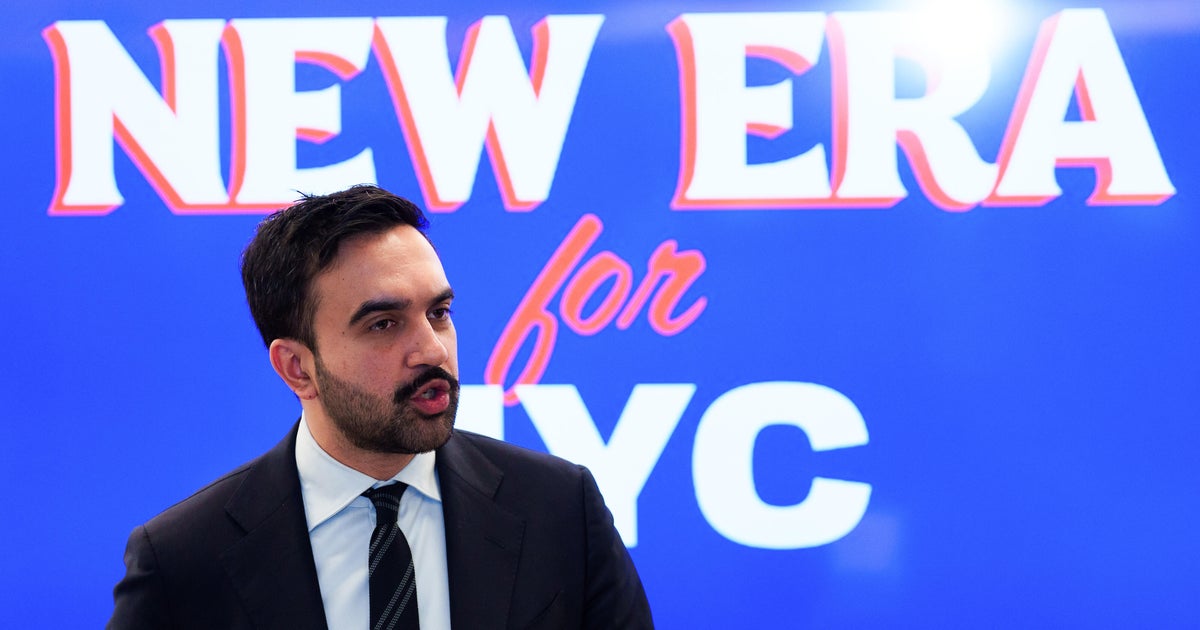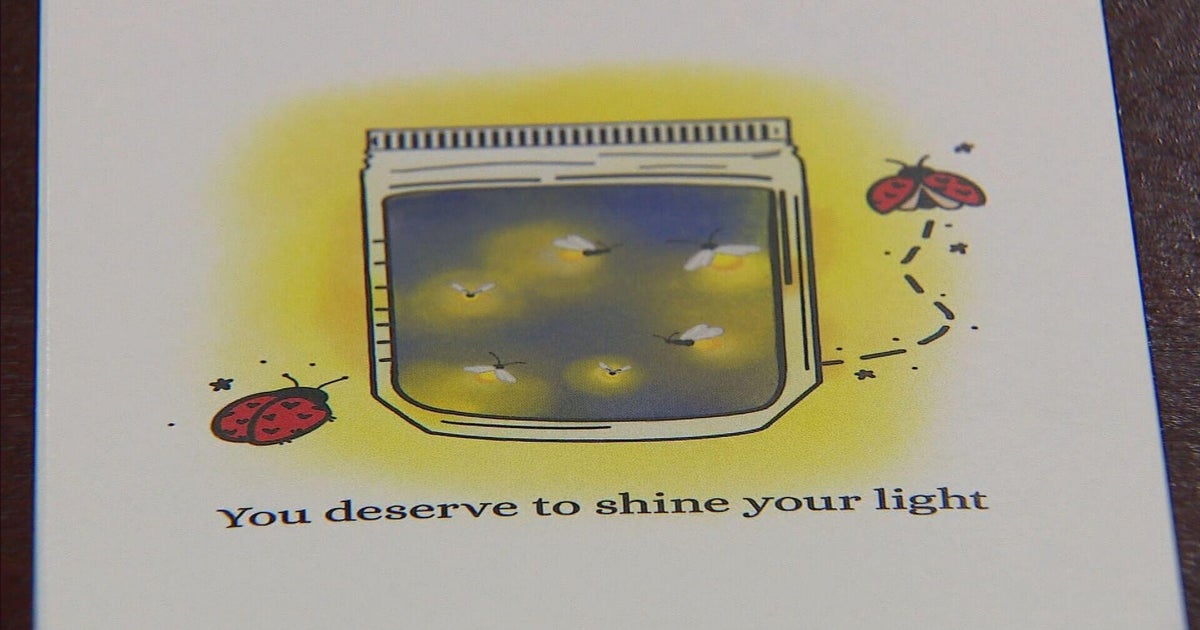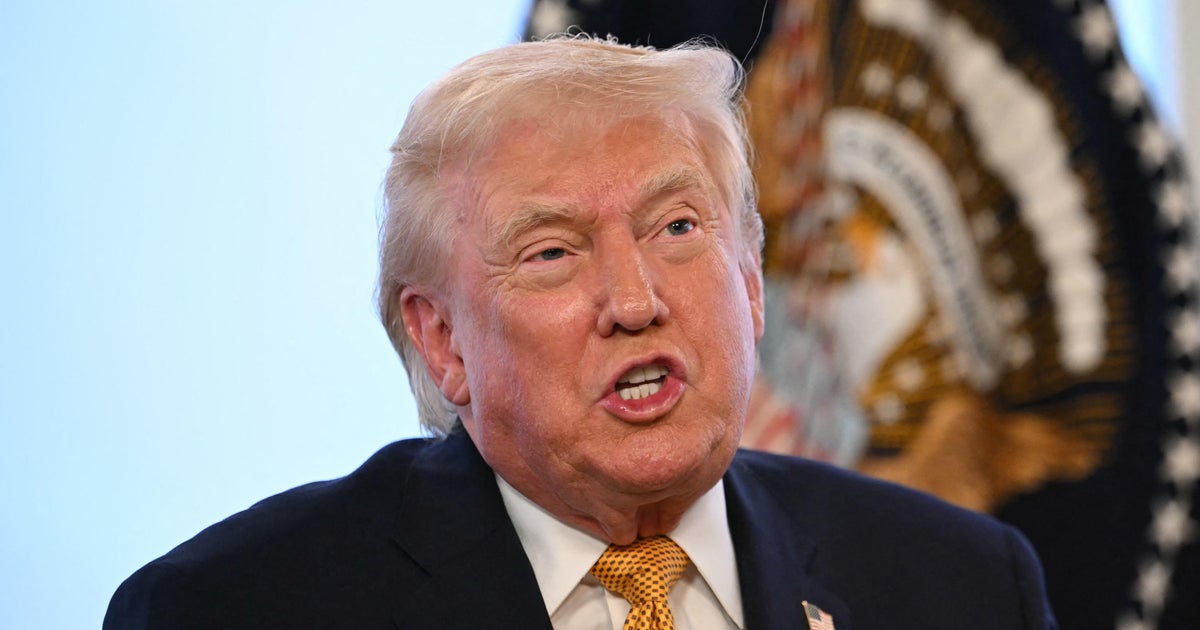Why are jingles so effective?
MINNEAPOLIS — They can stick with us forever whether we like it or not. Advertisers have used catchy tunes for decades.
"They're the original earworms, I think," said Jerry Wolczanski.
The first known radio jingle debuted on WCCO Radio in 1926, advertising General Mills' Wheaties cereal.
"The way that we store music in our brains is a lot different from text, numbers, things like that. It goes a lot longer into our past and we remember music a lot longer than just a string of words," said Seth Ketron, assistant marketing professor at St. Thomas University. "We tend to pay attention to what we call peripheral cues. And so those are things like jingles, the attractiveness of a spokesmodel or just the sheer number of arguments they make. People will pay more attention to that stuff than they will the core message of the argument."
The most effective jingles are short, catchy, repetitive and — most importantly — memorable.
But memorable can be good or bad.
"The 'HeadOn: Apply directly to your forehead' ad... It's so repetitive and it sticks in your mind and people couldn't stand it, so people made fun of it and they even made a commercial saying it's annoying but it works," Ketron said. "You want to repeat enough so you still stay top of mind, but you don't want to do it so much that people completely tune you out."
Like songs, jingles can stay with us for years, evoking emotions like nostalgia.
While some think the golden age of jingles is behind, Ketron says jingles still have a place in advertising — now on even more platforms.
"Even the dumb ones you remember, right? So it still works. Our human brains have not necessarily gotten past jingles not working anymore," Ketron said.
Jingles can be more cost-effective for brands since they have longevity and can be easily tweaked over the years.







